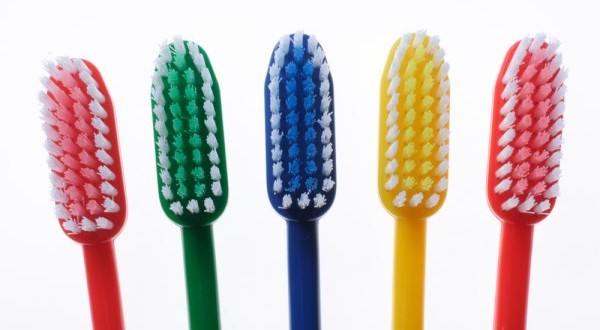PUBLISHED IN TCI WEEKLY NEWS
September 14th 2013

Tooth sensitivity occurs when the outside layer of the tooth is compromised and the dentine underneath is exposed. This can result in anything from mild discomfort to a sharp, sudden, shooting pain and is triggered by a range of factors including eating or drinking something hot or cold, sweet or sour or it can be as simple as just breathing in cold air.
In healthy teeth, a layer of enamel protects the crowns of your teeth- the part above the gum line and cementum protects the root of the tooth, under the gum. Tooth sensitivity occurs when the tooth enamel or the cementum is damaged in some way and the dentine is exposed. Dentine is the porous layer underneath which has microscopic tubules (small hollow tubes or canals) leading to the tooth’s nerve. A stimulus from the outside such as eating or drinking generates movement of the fluid within the tubule and it is this that causes the nerve to react and cause discomfort or pain.
There are a number of factors that can cause dentine to be exposed and therefore lead to sensitive teeth. These include worn tooth enamel (from over-brushing or tooth grinding), gum disease (often from poor oral hygiene), gum recession (due to over-brushing or previous gum disease), tooth decay, chipped teeth, worn fillings or eating acidic foods.
Steps to take to reduce tooth sensitivity
Maintaining good oral hygiene- brushing and flossing teeth- is a basic step to ensure strong and healthy teeth and reduce the chances of sensitive teeth.
Topical fluoride treatment
Topical fluoride can help desensitize exposed dentine. I recommend a daily rinse with a fluoride mouthwash which can also be used in combination with a sensitive toothpaste. Most of the major manufacturers produce a sensitive toothpaste, for example Sensodyne or Colgate Sensitive Pro-relief. Please note it can take up to a month of use for the sensitivity to reduce and because the different brands have several different modes of action I recommend choosing a brand and staying with it.
Composite bonding
If a patient over-brushes, grooves can form on the outside of the teeth at the gum margin where the enamel is worn away and the dentine exposed. This causes sensitivity. It is a very straight forward procedure to replace the enamel by bonding a tooth-coloured filling to the exposed dentine.
If a tooth has a small chip or fracture this can also cause sensitivity and a similar procedure of building it up with white composite bonding will cover the exposed dentine and stop the sensitivity.